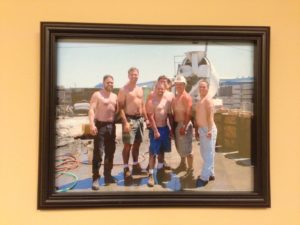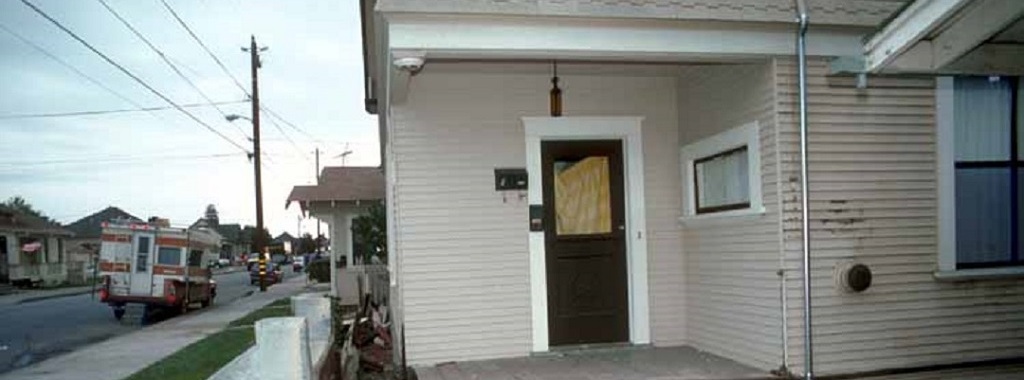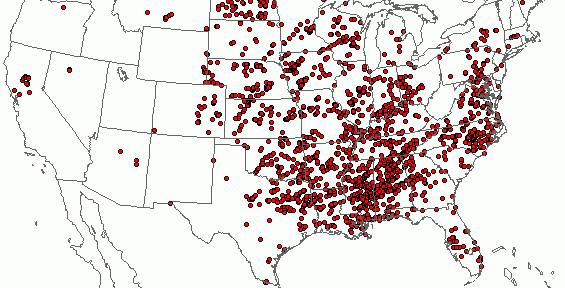The world has seen many increasingly catastrophic natural disasters in the past decade, including Hurricane Katrina (Category 3) striking New Orleans in 2005, 2010’s 7.0 magnitude Haiti and 8.8 magnitude Chili earthquakes, the 9.0 magnitude Japan earthquake along with the Christchurch earthquake (6.3 magnitude) in 2011, the tornado outbreak in 2011 which included an EF4 striking Tuscaloosa, AL and a multiple-vortex EF5 striking Joplin, MO. We also saw Category 2 Hurricane Sandy, the largest Atlantic hurricane on record in 2012 and the EF5 tornado striking Moore, Oklahoma in 2013.
Tag: strengthening
Mixing It Up with Concrete Specification
Around Christmas, the Engineering Department does a white elephant gift exchange. We have no idea who framed this picture and wrapped it up the first time.
Several of our lab technicians (plus a product manager) are posing for the camera, and obviously trying to flex while sucking their bellies in during a concrete pour to test our SSTB(R) anchors. The tradition has it that if you end up with this picture, you hang it on your wall and re-gift it at next year’s gift exchange – so there it is, on the wall in Engineer Dustin’s office. The trick has become wrapping it so that nobody recognizes that it is the picture frame.
Speaking of concrete, between our test labs in Addison, Ill., Stockton and Pleasanton, Calif., we test a lot of concrete. We will certainly be doing a lot more testing to continue to support our new Repair, Protection and Strengthening Systems for Concrete and Masonry product line. But I will ask the lab technicians to keep their shirts on.
“Sunny With A Chance Of Earthquake”
With scientists predicting a 99% chance of a 6.7 magnitude earthquake striking Southern California within the next 30 years, California weather forecasters may want to remind residents that the location which gives lots of golden sunshine year round is also one of high seismic risk.
Recent earthquakes in cities similar to Los Angeles, San Francisco and Memphis have served as a reminder of the damage and disruption a major earthquake can have on a community. Through lessons learned from past earthquakes and research performed by the construction industry, there are many tools available geared toward residential buildings to reduce damage and resist collapse.
Designing Light-Frame Wood Structures for Tornadoes. It Can Be Done!
Being from California, I had always bought into the common misperception that wood light-frame construction can’t be designed to resist tornadoes. While it is true that debris impact can’t be cost-effectively designed into residential structures, there is a lot that can be done to strengthen the structure and protect the occupants inside. Using the same technology common in hurricane-prone regions, these buildings can protect people for more than 95% of reported tornadoes.
The effect of tornadoes on wood light-frame structures has been extensively researched over the last few years, and researchers agree: A strong, continuous load path is essential to minimize destruction.





